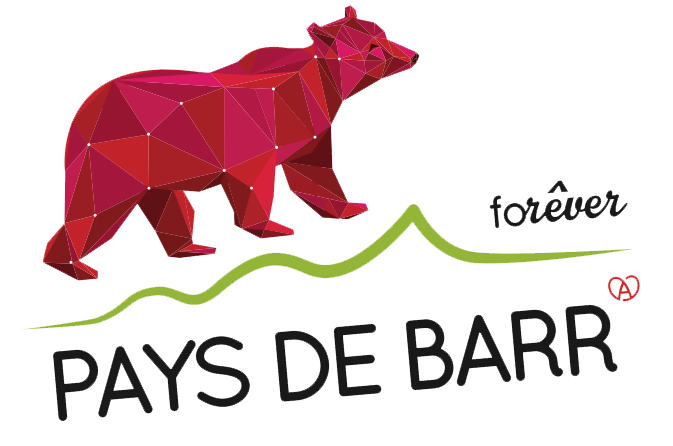-
Ouvrage du Four à Chaux, Route D65, 67510 Lembach
-
03 88 94 48 62
-
lignemaginot.lembach@orange.fr
-
Visiter le site
Designed to defend the Valley of the Sauer, the fortress of the Four à Chaux was built on high ground dominating the village of Lembach. The name comes from a lime kiln that was on the site.
The 5km of galleries are 30m below the surface. The garrison was made up of 24 officers and 600 men. They belonged to fortress infantry (RIF), artillery and engineering regiments.They were mobilised on a number of occasions before occupying the fortress permanently on the outbreak of WW2 at the end of August 1939. As the fortress was not directly attacked between September 39 and May 40, they kept themselves occupied and took over the cattle abandoned by the evacuated population and left wandering in the streets of Lembach.
The visitor is shown the living conditions of the garrison, visiting the dormitories, sanitary arrangements, kitchens as well as the hospital. The fortress came under attack by Stukas in June 1940. Despite the withdrawal of anti-aircraft defences, resistance was firm and lasted five days after the armistice signed on 26 June. The garrison surrendered with the honours of war on 2 July after special negotiations at Weisbaden.
The fort was then occupied by the German army who took everything useful for the construction of the Atlantic Wall. Tests with explosives gasses under pressure did considerable damage.
The layout of the fort is similar to others in the Maginot Line although the entrance for the troops was 24m higher than the entrance for the munitions. As a result the fortress is uniquely equipped with an incline with a railway that makes it possible to convey munitions to the galleries at a higher level. Have a great visit and don't forget to wear good walking shoes and warm cloathing (13°).
Les horaires
Du 01/05/2025 au 30/09/2025 tous les jours de 10:00 à 12:00 et de 10:30 à 12:30 et de 13:30 à 15:30 et de 14:00 à 16:00 et de 15:30 à 17:30 et de 16:00 à 18:00
Du 01/10/2025 au 31/10/2025 tous les jours de 13:30 à 15:30 et de 14:00 à 16:00 et de 15:30 à 17:30 et de 16:00 à 18:00
Du 01/11/2025 au 23/12/2025 le samedi, dimanche de 14:30 à 16:30
Du 27/12/2025 au 30/12/2025 le samedi, dimanche de 14:30 à 16:30











